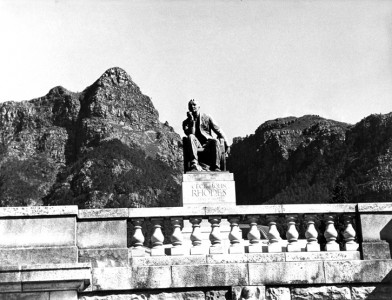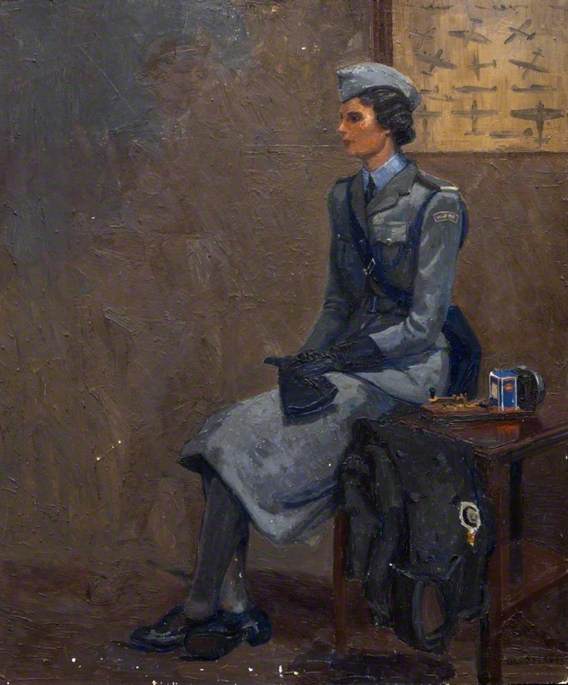Frank Brangwyn was born in Bruges in 1867. He was eight by the time his British parents decided to return to London, but the country had made a lasting impression: 'I recall the lovely enclosed garden surrounded by high walls. But over this wall I saw the gables of the town... and from the belfry of the Cathedral rang the bells'.
I am reminded of this quote when I look at Mater Dolorosa Belgica, Brangwyn's imposing oil painting. Painted in 1915, it conveys his deep concern for Belgium in the midst of war. The cathedral is on fire, smoke rising from its roof. On the left are a group of refugees, and on the right a row of soldiers marching on. In the centre of the composition the Virgin Mary holds the dead body of Christ. It is a symbol of both sorrow and hope of resurrection.
Brangwyn poured his considerable energies into the war effort. He was driven by his personal loyalty to Belgium and a deep empathy for the fate of ordinary people. He designed 80 posters, which have become synonymous with First World War propaganda, as well as supporting refugee artists and contributing to fundraising exhibitions.
The William Morris Gallery holds the second largest collection of Brangwyn's work in Britain; containing oils, watercolours, etchings, lithographs, designs, ceramics and furniture. When Brangwyn donated his art collection to Walthamstow, he did so in the hope that 'people will enjoy art and remember Morris'. The collection shows that Brangwyn himself is worth remembering too.
Carien Kremer, Exhibitions and Collections Officer, William Morris Gallery
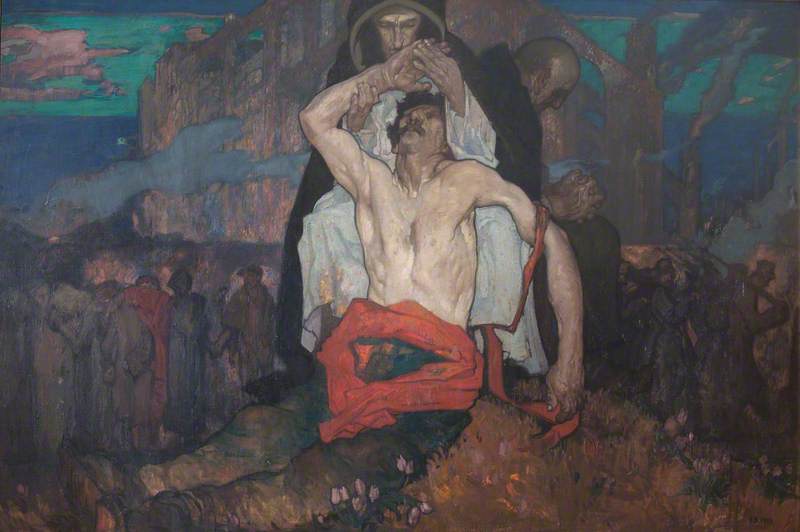
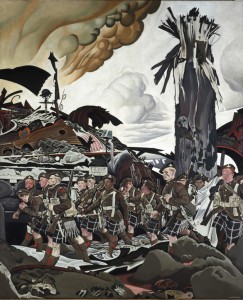
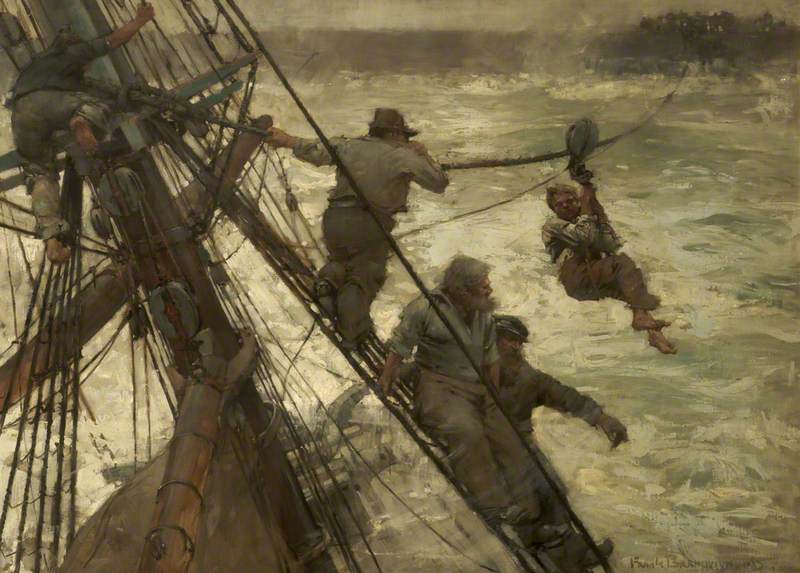

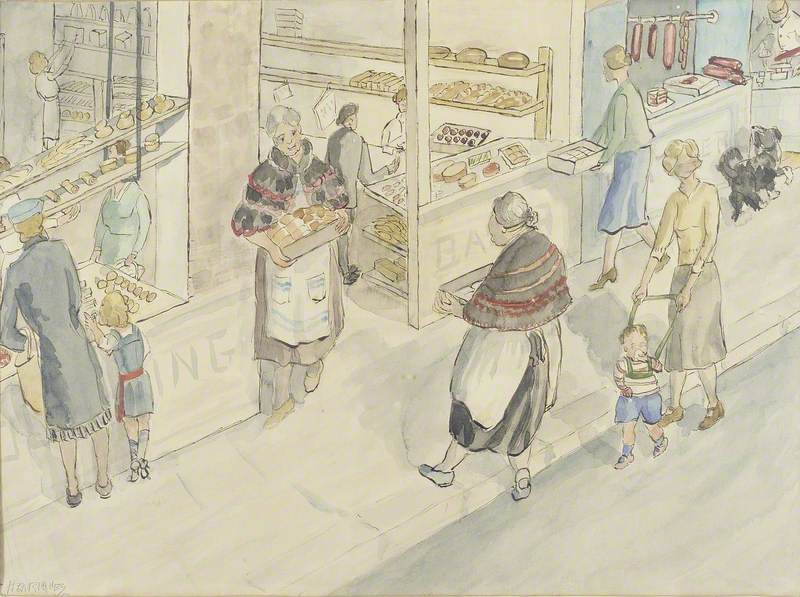

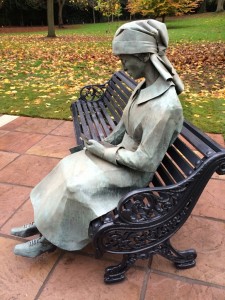



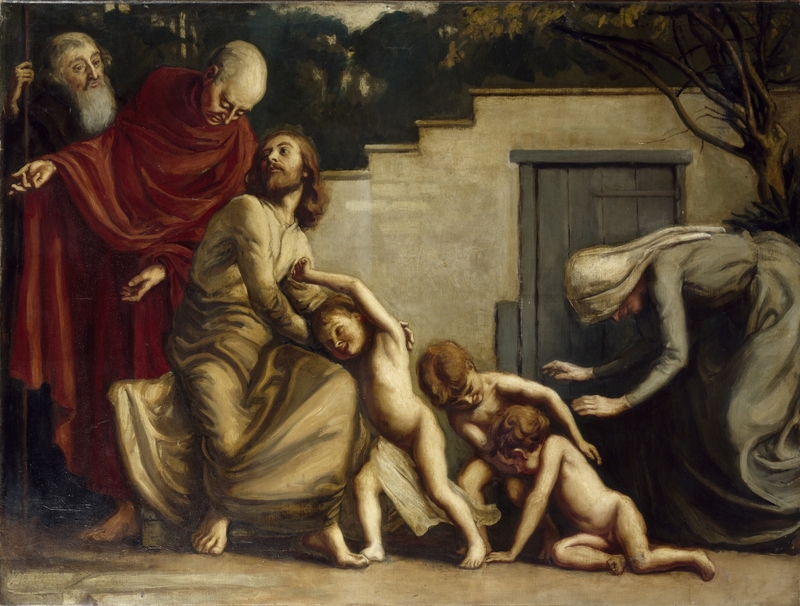
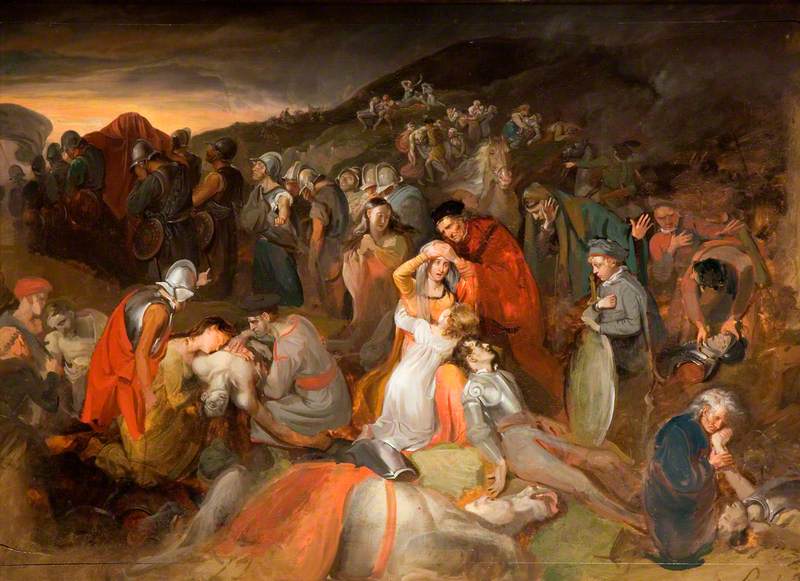
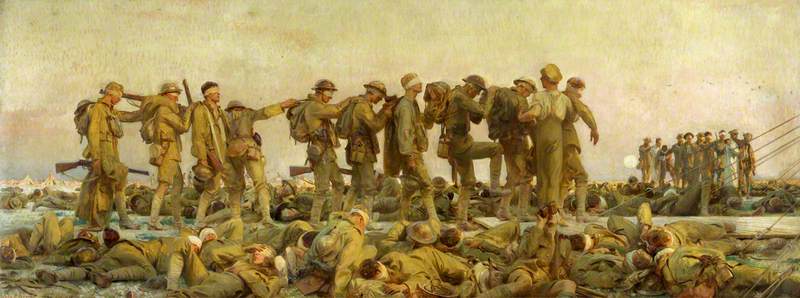



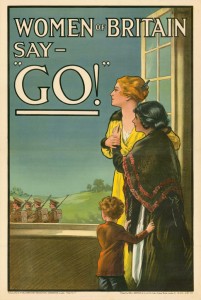


.jpg)
